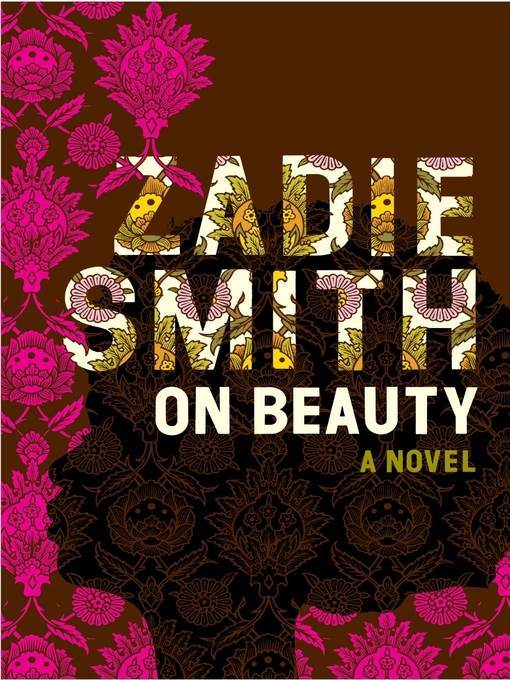
On Beauty
کتاب های مرتبط
- اطلاعات
- نقد و بررسی
- دیدگاه کاربران
نقد و بررسی

Starred review from December 5, 2005
This is a superb novel, a many-cultured Middlemarch
, but it's a rough one for an actor. James juggles a large cast of Brits and Yanks, middle- and working-class white, African-American, West Indian and African men and women, as well as street teens, wannabe street teens and don't-wannabe street teens. James has a beautiful, deep voice that at first seems antithetical to Smith's ship of fools, but he enhances the humor and pathos with vocal understatement. He helps give characters their rightful place in the saga. The parade of characters swirl around two antagonistic Rembrandt scholars in a Massachusetts college town. Howard Belsey is a self-absorbed, working-class British white man married to African-American Kiki and father to three cafe-au-lait children. Monty Kipps is a West Indian stuffed-shirt married to the generous Carlene, with a gorgeous daughter, Veronica. The book is funny and infuriating, crammed with multiple shades of love and lust, midlife and teenlife crises. Class, race and political conflicts are generally an integral part of a story that occasionally strays from its center. The theme of beauty as counterpoint to individual, family, cultural and social foibles and failures ribbons through the novel and wraps it up, perhaps to say that Beauty is, finally, the only Truth. Simultaneous release with the Penguin Press hardcover (Reviews, Aug. 1)

Starred review from August 1, 2005
Truly human, fully ourselves, beautiful," muses a character in Smith's third novel, an intrepid attempt to explore the sad stuff of adult life, 21st century–style: adultery, identity crises and emotional suffocation, interracial and intraracial global conflicts and religious zealotry. Like Smith's smash debut, White Teeth
(2000), this work gathers narrative steam from the clash between two radically different families, with a plot that explicitly parallels Howards End
. A failed romance between the evangelical son of the messy, liberal Belseys—Howard is Anglo-WASP and Kiki African-American—and the gorgeous daughter of the staid, conservative, Anglo-Caribbean Kipps leads to a soulful, transatlantic understanding between the families' matriarchs, Kiki and Carlene, even as their respective husbands, the art professors Howard and Monty, amass matériel for the culture wars at a fictional Massachusetts university. Meanwhile, Howard and Kiki must deal with Howard's extramarital affair, as their other son, Levi, moves from religion to politics. Everyone theorizes about art, and everyone searches for connections, sexual and otherwise. A very simple but very funny joke—that Howard, a Rembrandt scholar, hates Rembrandt—allows Smith to discourse majestically on some of the master's finest paintings. The articulate portrait of daughter Zora depicts the struggle to incorporate intellectual values into action. The elaborate Forster homage, as well as a too-neat alignment between characters, concerns and foils, threaten Smith's insightful probing of what makes life complicated (and beautiful), but those insights eventually add up. "There is such a shelter in each other," Carlene tells Kiki; it's a take on Forster's "Only Connect
—," but one that finds new substance here. Agent, Georgia Garett at A.P. Watt
.

























دیدگاه کاربران